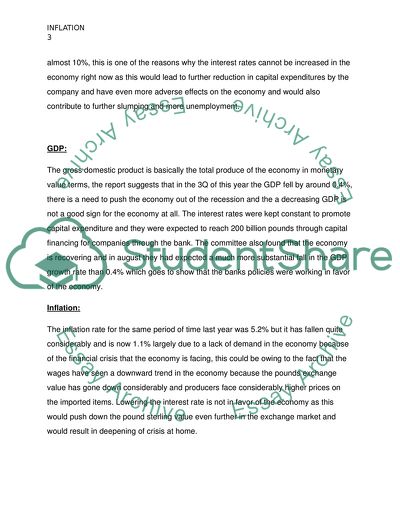Cite this document
(Factors That Contribute to the Inflation Level Essay, n.d.)
Factors That Contribute to the Inflation Level Essay. https://studentshare.org/finance-accounting/1744014-inflation
Factors That Contribute to the Inflation Level Essay. https://studentshare.org/finance-accounting/1744014-inflation
(Factors That Contribute to the Inflation Level Essay)
Factors That Contribute to the Inflation Level Essay. https://studentshare.org/finance-accounting/1744014-inflation.
Factors That Contribute to the Inflation Level Essay. https://studentshare.org/finance-accounting/1744014-inflation.
“Factors That Contribute to the Inflation Level Essay”. https://studentshare.org/finance-accounting/1744014-inflation.


